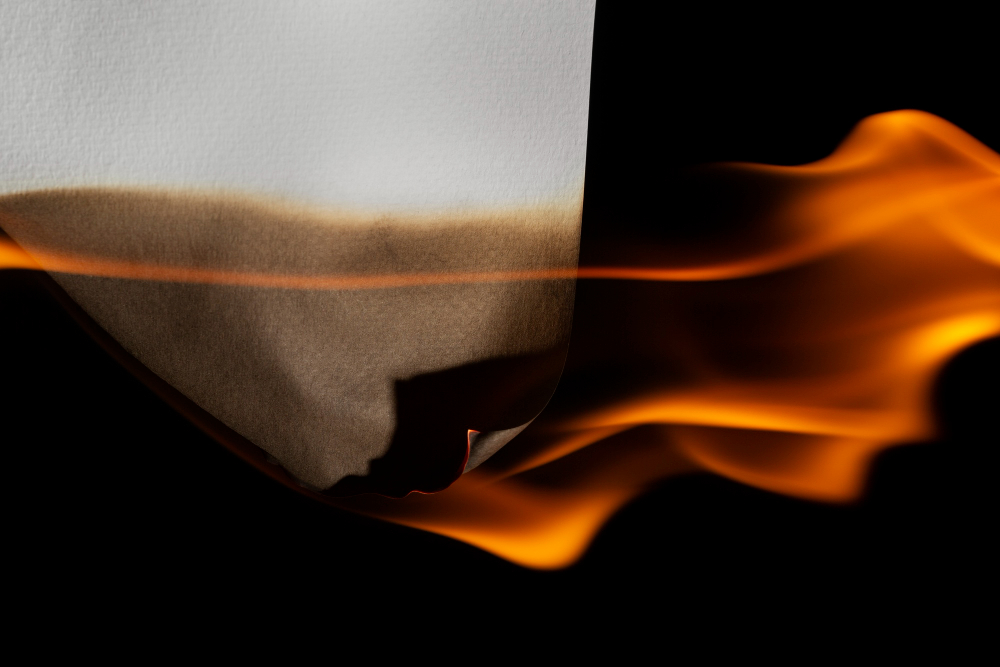The Oxygen Index (OI) refers to the minimum concentration of oxygen needed for a material to sustain flame combustion in a mixture of oxygen and nitrogen gases under specific conditions. It is expressed as a percentage of oxygen volume.
1. What is the Oxygen Index (LOI)?
The Oxygen Index indicates the oxygen concentration required for a material to reach its ignition point. Generally, materials with a higher Oxygen Index require a higher oxygen concentration to ignite. It makes them less flammable. Conversely, materials with a lower Oxygen Index ignite more easily at lower oxygen concentrations. Materials are typically categorized as highly flammable if their Oxygen Index is less than 21, moderately flammable if it falls between 21 and 27, and flame-retardant if it exceeds 28.
2. What is the UL94 flame retardant rating?
The UL94 flame retardant rating assesses a material’s ability to extinguish flames after ignition. It considers factors such as burning rate, burning duration, drip resistance, and whether drips ignite. Each material tested can yield multiple values based on color or thickness. When selecting materials for a product, their UL rating should meet the thickness requirements of the plastic part. UL ratings should be reported alongside thickness values. If reporting only the UL rating without thickness, it is insufficient. UL94 flame retardant ratings range from HB, V-2, V-1, to V-0. Higher ratings indicate greater resistance to ignition.

3. Relationship between LOI and UL 94
So, how are these two data related, both describing material flame retardancy? Generally, a higher Oxygen Index suggests better flame retardant effects. But this isn’t always the case! While most materials with an Oxygen Index above 30 can achieve a V0 rating at 1.6mm, exceptions exist for drip flame retardancy situations.
Many experiments have shown that the relationship between the Oxygen Index and UL94 flame retardant ratings isn’t simply positive or negative. Sometimes, there’s no consistent pattern for different polymer materials.
In reality, there’s no direct correlation between them. They represent different methods of assessing material flame retardancy. And it’s impossible to equate “UL94-V0, V1, V2 equivalent to a specific Oxygen Index.” Some materials with an LOI of 36 may not achieve any UL94 rating. While others with a UL-94V0 rating may not necessarily have a high LOI. In the experimental process, the Oxygen Index test flame spreads from top to bottom. While vertical burning in UL-94 spreads from bottom to top.
So, some materials achieve flame retardancy by carrying away heat through dripping, resulting in a lower LOI. In real-life fire scenarios, UL-94 vertical burning tests better simulate fire conditions. It makes their results more reliable. This is why UL94 is commonly used as the flame retardant certification standard for various products.




